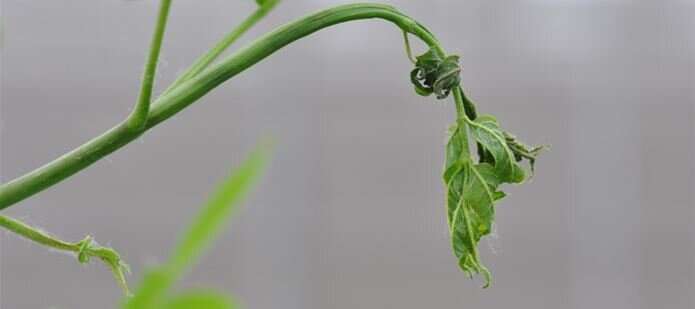New study aims to help protect the world's trees and forests from harmful pests and diseases

CABI's expert scientists in the field of ecosystems management and invasion ecology have presented new guidance on ways to help protect the world's trees and forests from harmful pests and diseases such as the box tree moth and ash dieback.
Dr. René Eschen led an international team of researchers who suggest that a number of important factors should be considered when monitoring for non-native pests that can pose a serious threat to forest resources and have significant negative economic, biodiversity and livelihood impacts.
The team, which includes scientists from the Slovenian Forestry Research Institute, the Agri-Food and Biosciences Institute, UK, the University of Belgrade, Serbia and the Croatian Forest Research Institute, say more information about organisms associated with imported woody plant is needed to support authorities to be better prepared for the arrival and spread of new pests.
They stress that the increase in intercontinental trade is coinciding with an increase in the number of potentially serious pests in all parts of the world, and stronger border biosecurity is needed to minimise the risk of additional pests being introduced.
Dr. Eschen and Ph.D. student Iva Franić, in the new research published in the Journal of Biogeography, conducted a literature review and analysed case studies in Serbia, Croatia and Switzerland. They set out to determine inter and intra annual and spatial patterns in insect diversity, spatial patterns in diversity of seed-borne fungi, as well as spatial and temporal patterns across and within regions, locations and years.
Dr. Eschen said, "The detection and identification of potential pests of woody plants before their introduction is an important component of successful biosecurity, because it allows Pest Risk Analysis to be carried out and phytosanitary measures to be developed and implemented.
"However, it is unclear where the monitored plants can best be located, how many samples are required and when and how often sampling optimally should take place for the adequate assessment of the biodiversity associated with the target plant species.
"Our study illustrates the factors that should be considered when deciding on the location and timing of sampling. This is important because of the trade-off between the number of samples and sampling locations needed to detect many of the species which may be potential pests, and the cost of (repeated) sampling in many locations."
Dr. Eschen says the assessment of the biodiversity associated with a single tree species requires careful planning and significant resources. The review and case studies indicate that the sampling design (where, when, how often and how much to sample) may differ depending on the targeted taxa (e.g. fungi vs. insects), sampled part of the tree (e.g. perennial vs. annual parts) or identification method (e.g. isolation or rearing vs. high throughput sequencing).
"In order to decide on the appropriate sampling for insects and fungi in the same locations it is necessary to understand the ecology of the sampled trees and targeted pests, as well as the purpose of the sampling," he added. "But, to save travel costs, it would be meaningful to, whenever possible, combine sampling insects and fungi at one or two occasions per year."
As part of a 'decision support scheme' developed by the scientists they highlight a number of recommendations including the first step of designing a sampling study by deciding on the target tree species and the purpose of the sampling and taxa of interest.
The researchers say that by following their recommendations, more accurate Pest Risk Analysis can be carried out which will enable the relative risks of different host plants or commodities—as sources of invasive pests and pathogens—to be ranked and prioritised as part of the inspection process.
More information: René Eschen et al, Spotting the pests of tomorrow—Sampling designs for detection of species associations with woody plants, Journal of Biogeography (2019). DOI: 10.1111/jbi.13670
Journal information: Journal of Biogeography
Provided by CABI




















